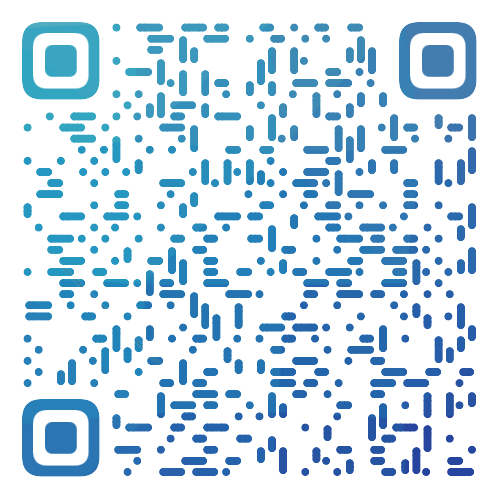java设计byte类型为1个字节,1个字节占8位,即8bit,这是常识。
另外,计算机系统中是用补码来存储的,首位为0表示正数,首位为1表示负数,所以有以下结论:
最大的补码用二进制表示为:01111111 = 127
最小的补码用二进制表示为:10000000 = -128
关于补码、原码、反码的计算原理可以百度。
Byte的源码:
/**
* A constant holding the minimum value a {@code byte} can
* have, -27.
*/
public static final byte MIN_VALUE = -128;
/**
* A constant holding the maximum value a {@code byte} can
* have, 27-1.
*/
public static final byte MAX_VALUE = 127;
7是最高位,总共8bit,可以看出byte占1个字节,即8/8=1。
Integer源码:
/**
* A constant holding the minimum value an {@code int} can
* have, -231.
*/
public static final int MIN_VALUE = 0x80000000;
/**
* A constant holding the maximum value an {@code int} can
* have, 231-1.
*/
public static final int MAX_VALUE = 0x7fffffff;
31是最高位,总共32bit,可以看出int占4个字节,即32/8=4。
其他Short、Long的设计原理也一样。

